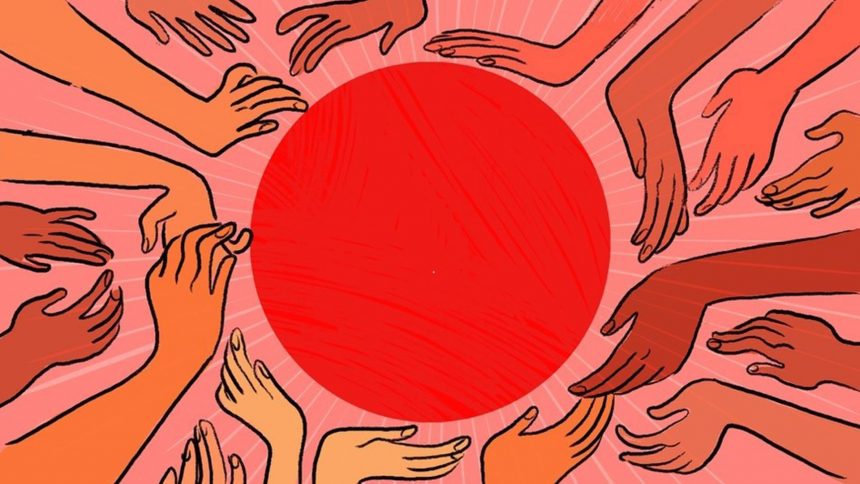Sri Lanka is the 2019’s best exotic travel destination according to Lonely Planet, but it is also a country whose culture is heavily influenced by conservative values of all faiths. This is further exacerbated by the plural legal system prevalent in the country. It’s a confusing mixture of laws whose core consist of outdated Victorian values, roman legal system and Sri Lankan personal laws. Therefore it is needless to say that topics like ‘sexuality’ are shunned by the general public and policy makers in addition to being conveniently overlooked by the law.
‘Criminalisation’, in brief, is making a certain activity illegal or outside the framework of law. In essence, individuals who behave/engage in a particular activity/conduct will be criminals in the eyes of the law and will be subject to prosecution.
‘Adolescence’, defined by the WHO is any person between the ages of 10 and 19. Adolescents also fall in the categories of young people (age 10-24) and children. This period is also known as a transitional period where people step into adulthood from childhood.
What happens when all three of the key terms come together to form a single sentence in Sri Lanka? It is immediately labeled controversial and a taboo.
While there are progressive policies operative within Sri Lanka, the problem lies with stigma that leads to lack of access and legal barriers on top of the social barriers. Most adolescents who find themselves different from the accepted set of norms in the society are reluctant to access the resources due to the above reasons. Because, hey! After all, homosexuality is still a punishable offence in Sri Lanka under article 365 of Sri Lankan penal code. The law terms it ‘unnatural offences’. In this context, it is hardly surprising that even adults are extremely reluctant to express their sexuality openly let alone access self services.
While Sri Lanka’s laws and policies align with the spirit of the CRC (Convention on the rights of the child); “The best interest of the child to be the primary consideration”- (Articulated in article 3) “acknowledging the evolving capacities of the child” (Article 5 and 14), it is doubtful whether these principles are practiced in reality. For example, the Ministry of Health circular no. 01/25-2015 roughly translates into a duty on the part of the medical professional to provide adolescents with self services taking into consideration their best interest and evolving capacity. While there are many medical officers who practice this to the letter, the numbers who stigmatise it are more.
Contributing to this are also factors like the deficiencies of the education system in having comprehensive sexuality education and the conservative values and religious beliefs prevalent in the society. All these things come together to create a picture where adolescent sexuality is conveniently ignored. In the event that there is an express manifestation of sexuality by adolescents, it is criminalised not only in the eyes of the law, but in the eyes of the society as well.
While one of the main ‘objectives’ of criminal law is ‘deterrence’, it is hardly applicable or relevant in the case of adolescent sexuality. How can one criminalise something natural just because it falls short of the accepted set of norms? What if the criminalised conduct is something beyond the control of the people concerned? What are the moral and substantive legal implications of such laws? These are but a few questions we should ask ourselves and challenge the system with before joining the bandwagon.

